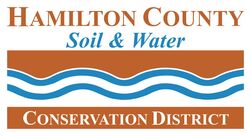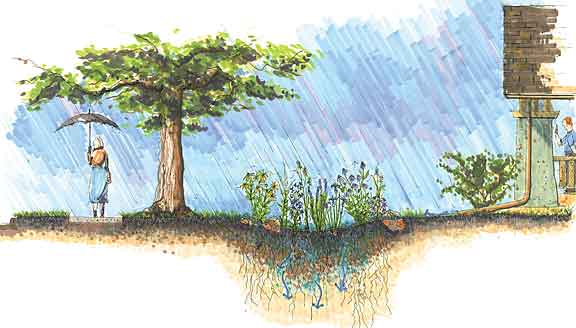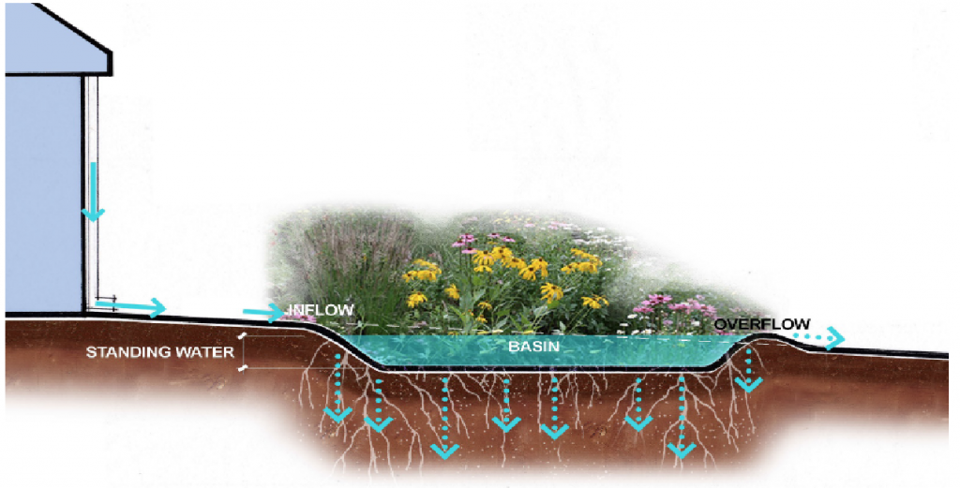Rain Gardens
Rain Garden Info
|
What is a rain garden?
A rain garden is a shallow depression (typically 6-8 inches deep) in your yard that is planted with native wildflowers and grasses. This popular type of perennial garden is strategically located to capture runoff from impervious surfaces such as roofs, driveways, and patios. The garden holds water allowing it to infiltrate into the ground, then dries up in 24-48 hours. You can think of a rain garden as a bowl shaped native landscape bed. Why install a rain garden? Rain gardens are not just landscape features-- they absorb water and pollutants, reduce runoff, protect water quality, and prevent flooding. A rain garden on your property helps prevent stormwater pollution. Rain gardens absorb hundreds of gallons of rainwater that would otherwise wash pollutants from your lawn and roof down the street into the nearest pond, river, stream or lake. Even small rain gardens can absorb a lot of rain water! |
Rain Gardens for Homeowners Booklet
Click the zoom button (magnifying glass with+) or full page icon (empty box) to enlarge the booklet.
Print copies of this booklet are available at the SWCD office.
Purdue Extension Rain Garden Installation Videos
|
|
|


